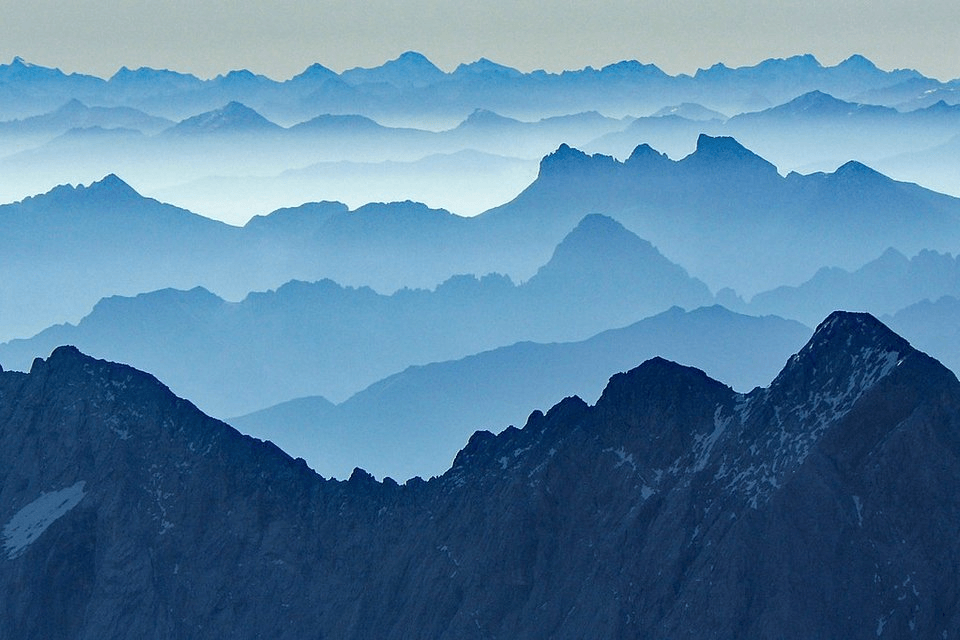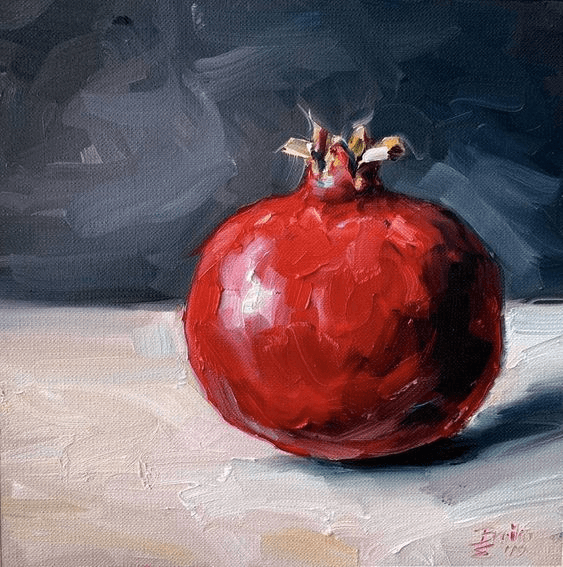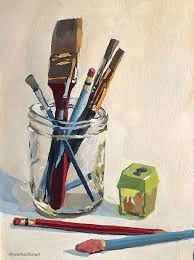Five examples of types of lines.
What are: straight, curved, squiggly, zigzag, dotted, dashed, castle, cloud, wave, etc.
The definition of shape.
What is an area enclosed by a line?
The definition of color.
What is the quality of light reflecting off an object?
The definition of value.
What is the lightness or darkness of color?
The definition of texture.
What is the way something feels or the way something LOOKS as if it feels.
The definition of space.
What is the area between, around, above, below or within objects, and the illusion of distance in 2-dimensional artworks?
The definition of form.
What are 3-Dimensional shapes?
The building blocks of art. The things we use when we make and discuss artwork.
What are the Elements of Art?
Lines can have three directions.
What are horizontal, vertical, and diagonal?
Two kinds of shapes.
What are:
1) Geometric
2) Organic/Natural
3) Abstract
Colors that cannot be mixed by combining any other two colors together. (Examples: red, yellow, blue)
What are the primary colors?
Colors that are lightened with white.
Three examples of textures
What are: bumpy, soft, hard, rough, smooth, slimy, fuzzy, pokey, etc.
Space can be _________, which describes the empty areas between the shapes or forms of interest, or __________, which describes the shapes or forms of interest in an artwork.
What is negative or positive.
What is 3-Dimensional?
Two methods of shading.
What are:
1) hatch
2) cross-hatch
3) stipple
4) marks
5) blend
These can be two qualities of lines.
What are thick and thin?
Shapes are considered ____________ because they are flat and only have length and width.
What is 2-Dimensional?
Colors created by mixing two primary colors together. (Example: orange, green, and purple/violet)
What are secondary colors?
Colors that are darkened with black.
What are shades?
The word that describes a texture you can touch in 3-Dimensional art.
What is actual texture?
Three techniques used to create the illusion of space.
What are:
1) Overlapping
2) Size
3) Placement
4) Shading
5) Value and Contrast
6) Perspective
What are a sphere, cube, pyramid, cone, rectangular prism, etc.
A tool that artists use to find color relationships.
What is a color wheel?
Two functions of line.
What are:
1) express emotion
2) create distance (depth)
3) define an area (shape)
4) create textures
These kinds of shapes are always the same. (Example: circle, square, rectangle, triangle)
What are geometric shapes?
Colors that are directly opposite each other on the color wheel. (Examples: Red & Green, Blue & Orange, Purple & Yellow)
A tool that shows the gradation of color from white to black or light to dark.
What is a value scale?
The word that describes the way a texture looks like it feels in 2-dimensional art.
What is implied texture?
The type of perspective shown in this photo.
What is atmospheric perspective?
Identify the form shown in the painting.
What is a sphere?
The kind of color that is the result of mixing a primary and a secondary color together. (Example: red-orange, blue-violet, yellow-green, etc.)
What is tertiary?
The definition of line.
What is a point that follows a path?
OR
What is a dot that goes for a walk?
These kinds of shapes are irregular and can't be universally named. (Example: blob, amoeba)
What are organic/natural shapes?
Groups of three or four colors that are side by side on the color wheel (Examples: Red, orange, and yellow; OR blue, purple, and red)
What are analogous colors?
A method of using value to create light areas or dark areas in an artwork.
What is shading?
Three elements of art that are used to create implied texture.
What are line, shape, and value?
The type of perspective shown in this photo.
What is linear perspective?
Which example of form is the jar?
What is a cylinder?
Mrs. Kolbe's favorite color.
What is purple?